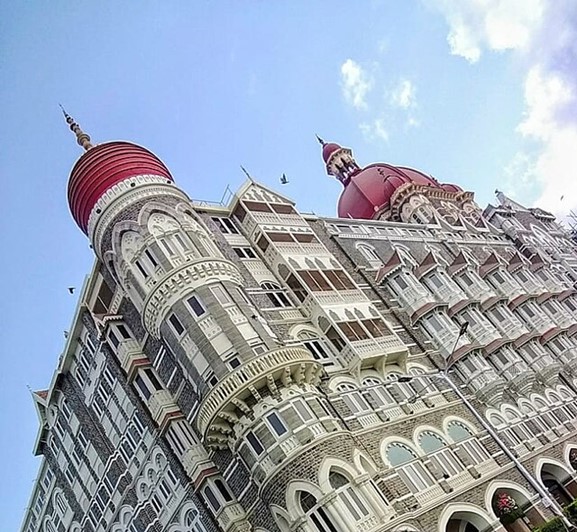
The Taj Mahal Hotel Mumbai - Photo courtesy Dabapriya Hore - Wikicommons
In the world of high-end travel, luxury is no longer defined solely by opulence or location. Increasingly, it is being shaped by meaning—moments when history, design, and cultural resonance come together to create a profound sense of place. As heritage tourism surges worldwide, an evolving philosophy in luxury hospitality is redefining what it means to stay somewhere extraordinary. These properties do more than preserve the past; they inhabit it, transforming time-worn spaces into sanctuaries where architecture, memory, and sustainability converge.
At the heart of this movement is adaptive reuse: the art of restoring and reimagining existing spaces rather than creating new builds. It is architecture as conservation, design as restoration, and travel as regeneration. Unlike conventional construction—which consumes vast natural resources and creates significant waste—adaptive reuse breathes new life into standing structures, protecting a city’s soul while minimising environmental impact. According to Green Key Global, adaptive reuse is increasingly aligned with regenerative travel, ensuring that every transformation gives back—to the environment, to communities, and to local culture.
From a 17th-century theatre in Amsterdam to a Himalayan palace once walked by Gandhi, these four remarkable hotels embody this movement. Each offers not simply a stay, but an immersion—where architectural lineage, cultural storytelling, and sustainability combine to define the future of luxury hospitality.
The Dylan Amsterdam – Netherlands
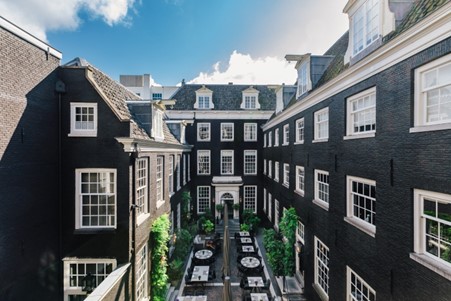
Where Theatre Meets Timeless Elegance
On the Keizersgracht in Amsterdam’s historic “9 Streets,” The Dylan Amsterdam occupies the site of the city’s first stone theatre, built in 1638 by architect Jacob van Campen. Once host to Vivaldi and frequented by luminaries such as Maria de Medici and Rembrandt, the theatre fell to fire in 1772 before its rebirth as a Catholic charity office. Today, it is a boutique hotel that whispers its theatrical past through refined design details and cultural programming.
Behind its historic canal gate—inscribed with Joost van den Vondel’s line, “The world is a play on stage”—rooms unfurl in four distinct styles, each a study in quiet drama. A Michelin-starred restaurant, Vinkeles, serves contemporary cuisine in an 18th-century bakery, where original ovens glow beneath exposed brick. Guests are invited into Amsterdam’s living story, one that elegantly balances historic reverence with modern indulgence.
- Why Now: Celebrating Amsterdam’s 750th anniversary with refreshed interiors (2025), Green Globe Gold certification, and the revival of annual theatre performances.
- Room to Book: The Jacob van Campen Suite—a duplex hideaway with canal views, freestanding soaking tub, and the ambience of a backstage salon.
Ananda in the Himalayas – Uttarakhand, India
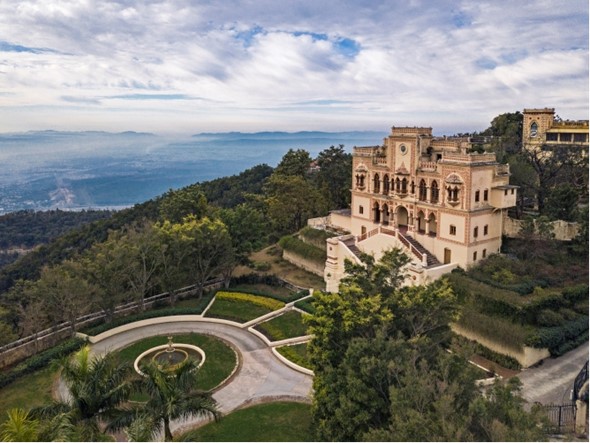
Palatial Serenity in the Foothills of the Sacred Ganges
Perched above Rishikesh in the Himalayan foothills, Ananda in the Himalayas transforms the former Viceregal Palace of Tehri-Garhwal into a sanctuary of wellness and history. Built for a visit from the British Viceroy in 1910, the palace later hosted Mahatma Gandhi and other spiritual visionaries. Since 2000, it has been reimagined as India’s first destination spa, seamlessly blending regal architecture with ancient wellness traditions.
Following a three-year restoration completed in 2022, the palace now glows with renewed craftsmanship—antique woodwork, colonial arches, and Himalayan design flourishes—while incorporating modern wellness technologies. Guests tread in the footsteps of kings and saints, finding in its pavilions and yoga terraces a living inheritance of spiritual calm.
- Why Now: Celebrating 25 years as a pioneering wellness retreat with refreshed suites, a newly launched diabetes management program, and enhanced Ayurvedic experiences.
- Room to Book: The Viceregal Suite within the original palace, offering a four-poster bed, a private rooftop terrace, and sweeping Himalayan vistas.
Hotel Belmar – Monteverde, Costa Rica
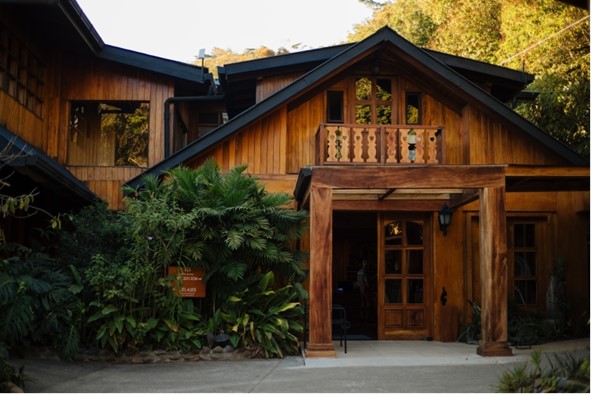
An Alpine Dream Reimagined in a Tropical Cloud Forest
Though purpose-built in 1985, Hotel Belmar carries a legacy deeply rooted in personal inheritance and place. Inspired by the alpine guesthouses of Austria, founders Pedro Belmar and Vera Zeledón transported this warmth to Monteverde’s mystical cloud forest. Four decades later, the property has been reinvented through the principles of adaptive reuse—preserving original woodwork while layering in sustainable innovations.
Embracing regenerative hospitality, Hotel Belmar integrates local craftsmanship, native hardwoods, and a circular agriculture model anchored by its carbon-neutral farm, Finca Madre Tierra. Guests encounter a poetic synergy between environment and design—forest-infused architecture, artist residencies, and experiences that blur the line between luxury and nature immersion.
- Why Now: Marking 40 years of eco-conscious heritage, the property debuts a refreshed interiors project, artist-in-residence initiatives, and new guest immersion programs.
- Room to Book: The Nicoya Suite, redesigned in 2024 with a wraparound terrace, whirlpool daybed, and panoramic views over forest and sea.
Imperial Hotel, Kyoto (Opening 2026) – Japan
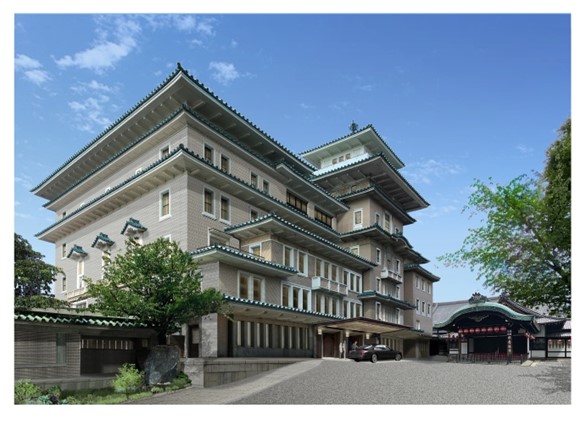
Reviving The Spirit of a 1930s Theatre
In a rare gesture of architectural reverence, The Imperial Hotel, Kyoto will open in spring 2026 inside the restored Yasaka Kaikan—a 1936 landmark theatre. Designed by Tokusaburo Kimura and decorated by artisans of Frank Lloyd Wright’s Tokyo Imperial Hotel, the building is a Nationally Registered Cultural Property. Its copper-tiled roof and terracotta reliefs were painstakingly preserved using ikedori, a traditional Japanese technique for dismantling without damage.
With just 55 rooms, the property reflects Kyoto’s profound respect for heritage. From suites overlooking shamisen performances in Gion to interiors curated with Kyoto’s master artisans, the hotel seeks not to invent luxury anew but to redefine it—through continuity, craftsmanship, and cultural inheritance. Guests will inhabit Kyoto’s heritage, not merely observe it.
- Why Now: Opening amid the brand’s 135th anniversary, and the first Imperial new build in over 30 years, it positions Kyoto at the forefront of heritage-driven luxury.
- Room to Book: The Imperial Suite—crowned by terraces overlooking Gion and an iconic Yasaka Kaikan gazebo, offering a sanctuary of timeless Japanese elegance.
The New Definition of Luxury Travel
These four properties embody a movement where luxury is not just experienced but inherited. Adaptive reuse, when done with artistry and responsibility, ensures that each guest encounter is not only rich in comfort but resonant in meaning, enlivening the soul of the place itself.
From Amsterdam to the Himalayas, Costa Rica to Kyoto, a new generation of travellers seeks more than indulgence—they seek connection, authenticity, and legacy. And that, perhaps, is the greatest luxury of all: the chance to dwell within history, to sleep in stories, and to awaken in a place where past and present converge in quiet perfection.
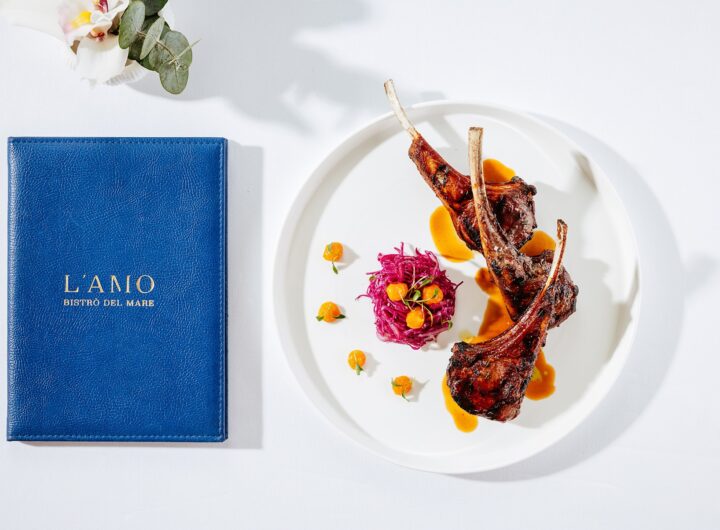 L’Amo Bistrò del Mare Opens in Singapore, Elevating Italian Coastal Cuisine at METT Singapore
L’Amo Bistrò del Mare Opens in Singapore, Elevating Italian Coastal Cuisine at METT Singapore 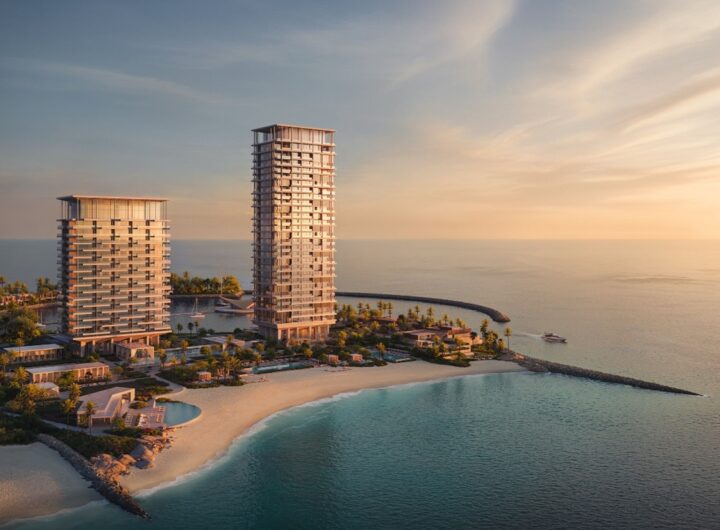 Aman Group Expands UAE Presence with Janu Al Marjan Island: A New Era of Soulful Luxury and Coastal Living
Aman Group Expands UAE Presence with Janu Al Marjan Island: A New Era of Soulful Luxury and Coastal Living 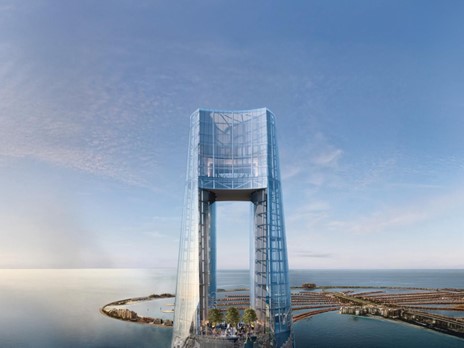 Ciel Dubai Marina Opens as the World’s Tallest Hotel, Redefining Luxury and Skyline Views
Ciel Dubai Marina Opens as the World’s Tallest Hotel, Redefining Luxury and Skyline Views 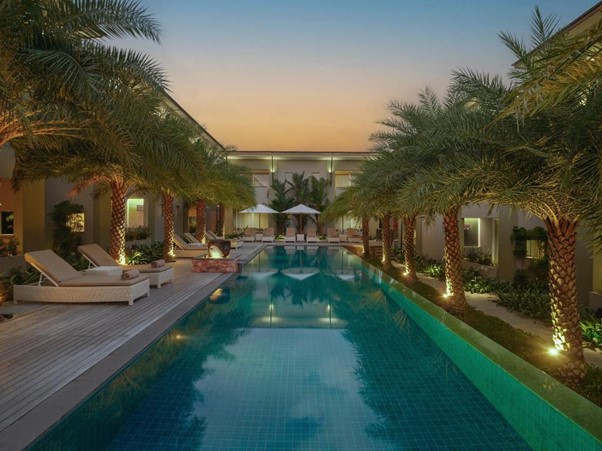 Discover Chesa Canggu: Bali’s Boutique Hideaway for Modern Luxury and Peaceful Escape
Discover Chesa Canggu: Bali’s Boutique Hideaway for Modern Luxury and Peaceful Escape 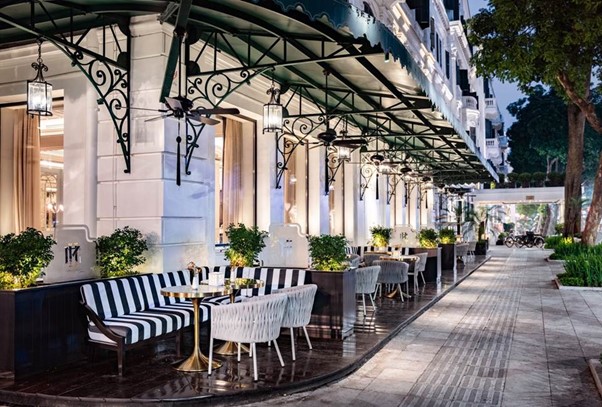 Sofitel Legend Metropole Hanoi Lands on Fodor’s Finest List: Vietnam’s Grande Dame Among World’s Top 100 Hotels
Sofitel Legend Metropole Hanoi Lands on Fodor’s Finest List: Vietnam’s Grande Dame Among World’s Top 100 Hotels 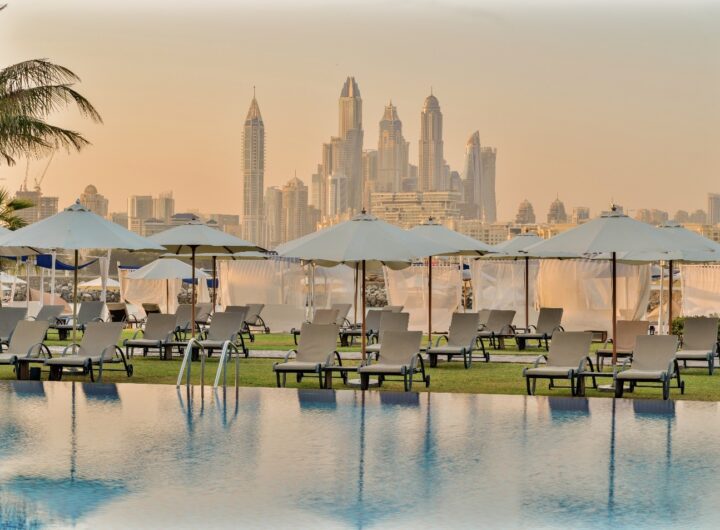 The Big Dis-loyal Sale Is Here—Escape Ordinary With Up to 40% Off at 80+ Cool Hotels Worldwide
The Big Dis-loyal Sale Is Here—Escape Ordinary With Up to 40% Off at 80+ Cool Hotels Worldwide  Oceania Sonata: Oceania Cruises’ New Sonata Class Ushers in a New Era of Luxury Sailing in 2027
Oceania Sonata: Oceania Cruises’ New Sonata Class Ushers in a New Era of Luxury Sailing in 2027 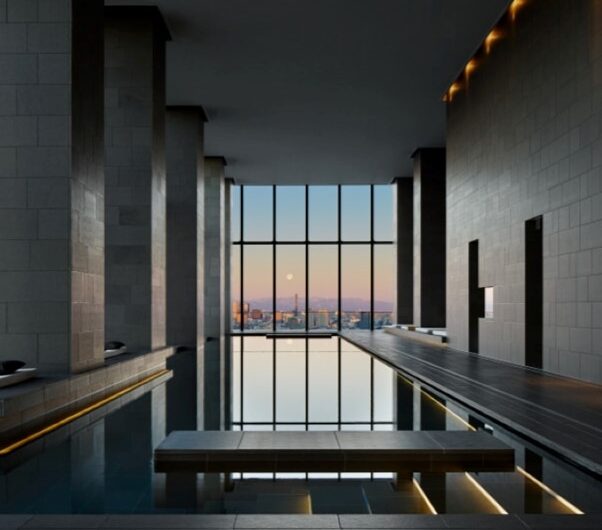 Regent Seven Seas and Knightsbridge Circle Elevate Ultra-Luxury Suite Experiences
Regent Seven Seas and Knightsbridge Circle Elevate Ultra-Luxury Suite Experiences 